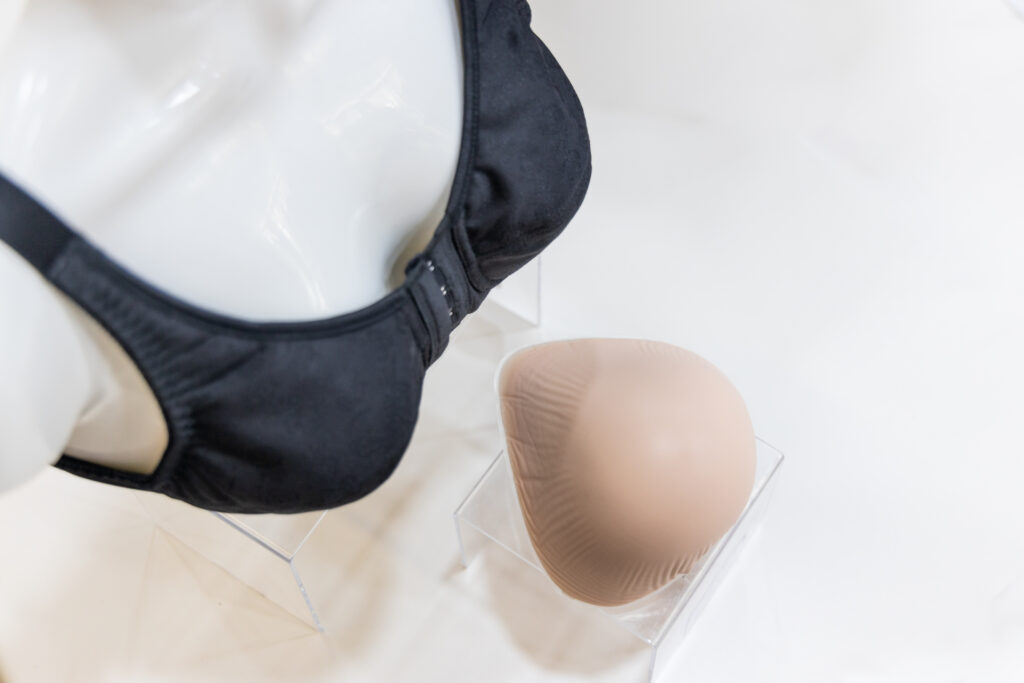Women who have undergone mastectomy or removal of breast tissue in just a single side, may have several reasons for getting breast prostheses. Some may do it for purposes surrounding self-empowerment. However, for the majority of women who may be missing breast tissue on only one side, the need for symmetry is more than just a concern of the mind but a consideration of the body. Having that symmetry and balance will prevent issues such as back, shoulder or neck pain. It may start off as a discomfort at first, but can become a chronic issue if not addressed.
When you do decide to get the prostheses done for you, it does help to get some idea about them before getting a customization. Therefore, this article will provide you with the top five essential insights into understanding custom breast prostheses.
1. The Importance of Customization
There are commercially available prostheses that are off-the-shelf and ready to purchase. However, when dealing with asymmetry, a tailor-fitted prosthesis is more effective in serving the needs of the individual. Designed to mimic the shape, size, color and texture of one’s natural breast, these custom prostheses do give off that realistic look and feel. Not only does it fit and feel right, it feels less of an accessory and more of an extension of your body.
The process of creating a custom breast prosthesis begins with a detailed scan or mold of the chest wall. Modern technology has allowed us to perfectly replicate the natural shape of your breast following the minute details derived from the scan. The prosthesis will fit snugly against the chest with minimal or no discomfort at all. The color is then accurately matched to the individual’s skin tone. Details such as the nipple and areola are also added. With all the details taken into careful consideration, you not only have something that is comfortable to wear but also looks natural under the clothes you put on.

2. The Role of Certified Mastectomy Fitters
Professionals are necessary for the creation of highly precise prostheses. You can trust that your certified mastectomy fitters are trained to help you find the right type of prosthesis, size, and fit. Aided by the special machinery, the measurements taken by these professionals are precise. However, their job is not just to help you with the measurement process. They will also provide invaluable advice and support along with guidance through the whole process.
After the fitting has been done, the fitters do not simply end their work there. They will then provide assistance in caring for and maintaining the prosthesis so you can make the most of prolonging its longevity and effectiveness.
In case you are wondering when to get the fitting done. It is usually 6 to 8 weeks after your mastectomy. However, always ask your doctor as they can give you the most appropriate date for when you can get a fitting.
3. Insurance Coverage
Many people are unaware that insurance often covers custom breast prostheses. Under the Women’s Health and Cancer Rights Act in the United States, health insurance plans that cover mastectomies are required to also cover prostheses. However, the extent of coverage can vary, so it’s essential to check with your insurance provider for specifics.
Wondering if there are more protections for your health coverage under state law? If you’re in a group health plan or you have your own health insurance not connected to work, it’s a good idea to get in touch with your state’s insurance department. They can help you understand any extra rules that might apply to your situation. Some states may have additional state law protection in connection with your insurance coverage.
4. The Lifespan of Custom Breast Prostheses
Custom breast prostheses are designed to be durable, but like any product, they do have a lifespan. Most custom breast prostheses last between one to three years with proper care. Over time, the color may fade or the shape may change due to normal wear and tear. It’s essential to have regular fittings to ensure that the prosthesis still fits correctly and to replace it when necessary. Comfort is key and the moment you feel that wearing the prosthesis causes discomfort, you may want to stop wearing it and pay your professional mastectomy fitters a visit.
When handling your breast prosthesis, do so carefully so you don’t stretch it excessively. Wash only with mild soap and avoid harsh detergents that may speed up its wear and tear. Store properly in its assigned cradle when not in use so it will not go out of shape. You will want to steer clear of heat and sharp objects as both will have irreparable impact on the prosthesis.
5. The Emotional Impact
Finally, it’s important to understand the emotional impact of custom breast prostheses. For many women, losing a breast can lead to feelings of loss and a lack of confidence. A custom breast prosthesis can play a significant role in the emotional recovery process. It can restore a sense of normalcy and help women feel more like themselves again.
If somehow you are uncertain about whether you want to have a breast prosthesis or not, just remember that the choice does not define who you are as a woman. It is okay to embrace the asymmetry, there are ways to deal with it and still prevent body issues. It is also okay to get a custom prosthesis. Both choices are healthy choices. What is most important is how you feel about it for yourself. Joining communities and asking other women who are going through the same thing you are, can help you have a glimpse of their own experiences so you too can make an informed choice.
